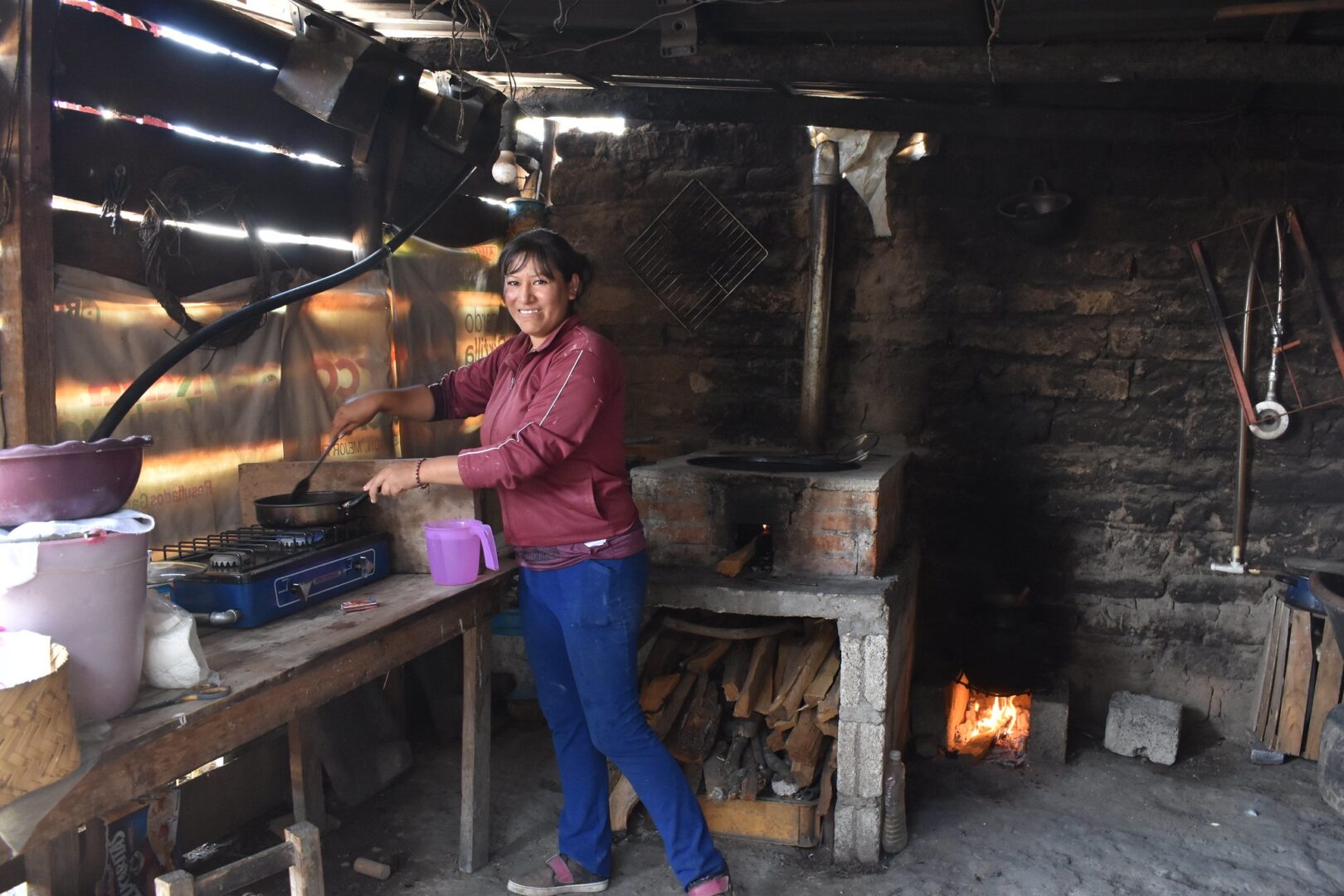Neutralizing greenhouse gases which cannot be reduced to zero yet, for example those caused by air travel and transport on the road, can be done by using offset projects. By offsetting your greenhouse gases, a 100% responsibility is taken for these emissions. At the same time, you contribute to solving the climate change crisis. Look on the internet if there are local partners that can help you with offsetting your emissions.
Various types of projects
CO2 offset projects come in different forms. You can, for example, contribute to wind or solar energy projects or small-scale biogas projects. There are also programs that encourage efficient cooking in households or for composting organic waste in order to promote sustainable soils and food. And there are also lots of tree-planting initiatives. When you are interested in offsetting your greenhouse gas emissions, then have a look on the internet for an adviser nearby who can help you with suitable projects.
Various standards
Reduced tons of greenhouse gases are called Verified Emission Reductions (VERs) if an offset project has been verified as ‘additional’ by an independent organization. These VERs usually have a certain standard. These standards confirm the addition and verification of CO2 reduction and the sustainable contribution to local people and the environment.
The most used and known standards to which a voluntary project can comply are the Verified Carbon Standard and the Gold Standard. The Gold Standard (GS) is a voluntary carbon offset program focused on progressing the United Nation’s Sustainable Development Goals (SDGs) and ensuring that project’s benefit their neighboring communities.

